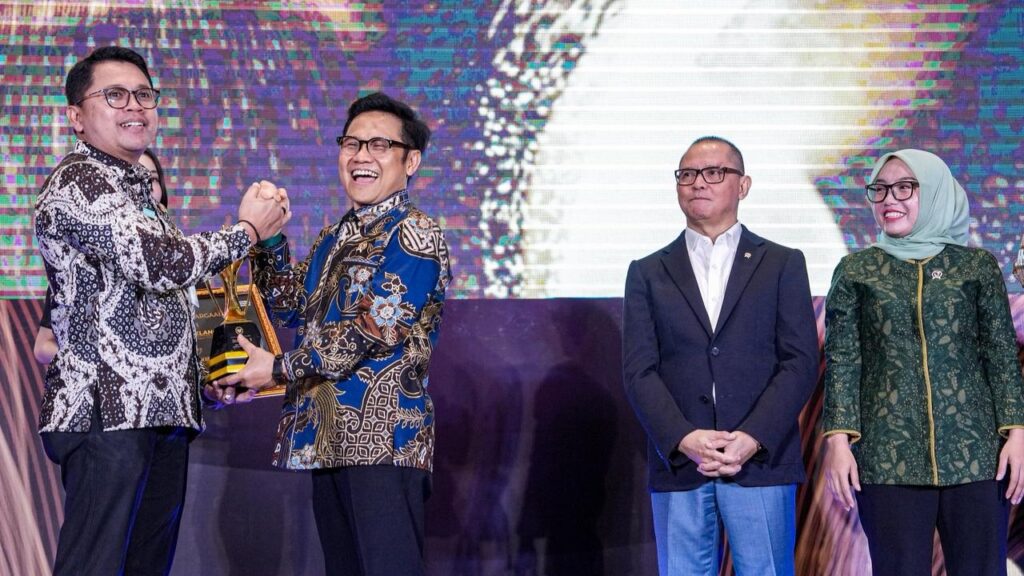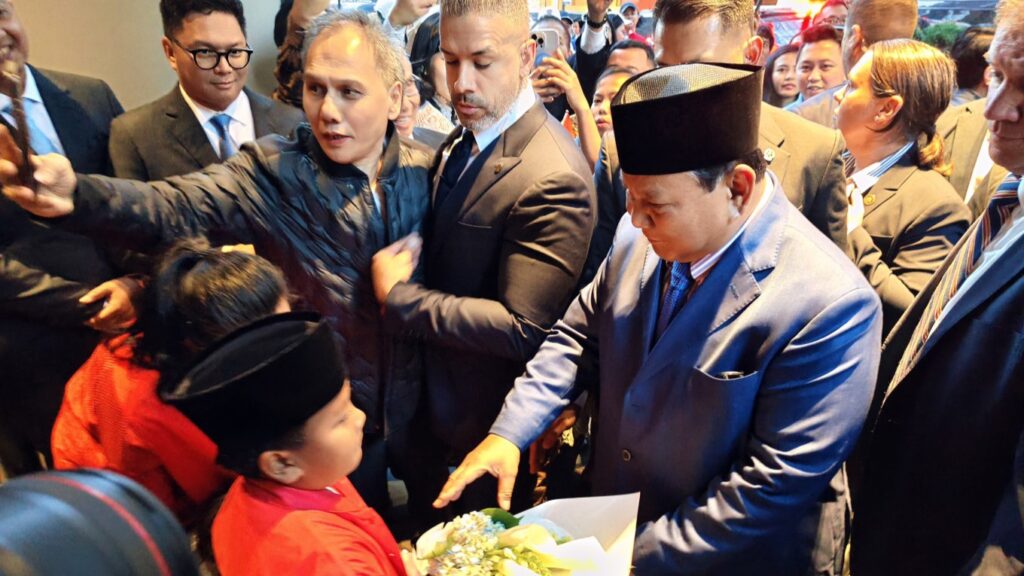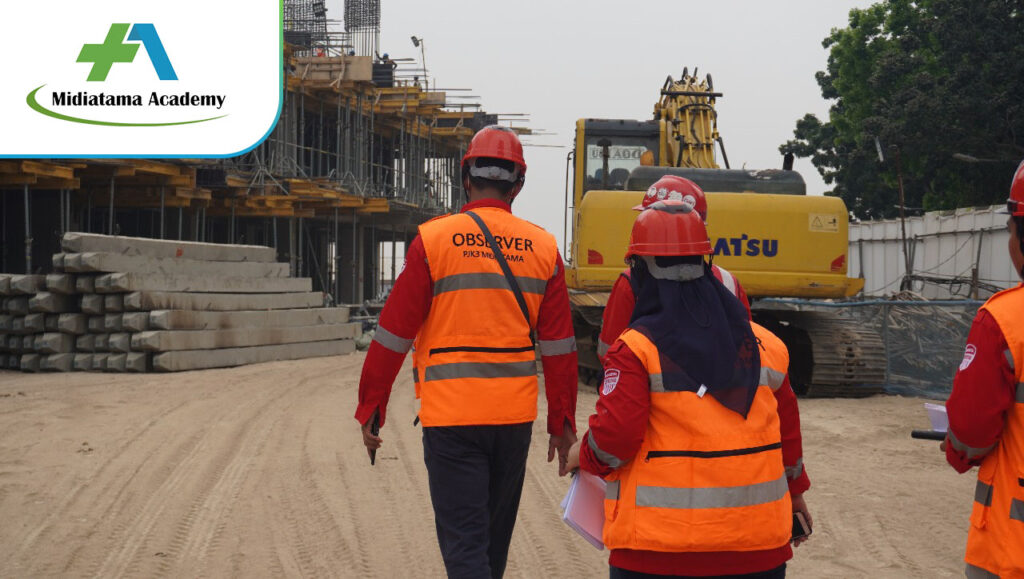Jakarta, Indonesia – Military strength remains a central benchmark of influence and security readiness across Southeast Asia. In its 2025 report, Global Firepower (GFP) assessed the armed forces of 145 countries worldwide, ranking them based on more than 60 parameters ranging from active personnel and equipment to logistics, defense budget, and geography.
Within ASEAN, Indonesia once again emerged as the leading power, positioning itself not only as a regional heavyweight but also as one of the world’s top 15 militaries. The five strongest militaries in ASEAN, according to GFP’s Total Power Index (TPI) for 2025, reveal the region’s shifting balance of power and its broader strategic implications.
Indonesia retained its dominance with a PowerIndex of 0.2557, ranking 13th globally. With over 400,000 active personnel, nearly 500 aircraft, and a growing fleet of submarines and warships, Jakarta’s modernization programs — including Rafale fighter jets and Scorpene submarines — underscore its ambition to secure the maritime lanes that define the world’s largest archipelagic state.
Vietnam followed closely, ranked second in ASEAN and 24th worldwide with a PowerIndex of 0.4024. Long known for its resilient military tradition, Hanoi’s strength rests in sheer manpower — supported by millions of reservists — and a formidable arsenal of tanks, artillery, and submarines. While still catching up technologically, Vietnam’s deterrence capacity remains formidable.
Thailand secured third place with a PowerIndex of 0.4536, backed by nearly 361,000 active troops and a diverse air fleet of nearly 500 aircraft. Its naval power includes close to 300 vessels, though Bangkok continues to seek modernization, particularly in submarine capability through prospective procurement from China.
Singapore, despite its size, ranked fourth with a PowerIndex of 0.5271. Its 51,000 active personnel are reinforced by cutting-edge systems and rigorous training. The city-state operates advanced fighter jets, six submarines, and sophisticated air defense systems, demonstrating how technology and efficiency can offset limitations in manpower.
Myanmar, amid internal strife and political crisis, surprisingly maintained fifth place with a PowerIndex of 0.6735. Its military controls 150,000 active troops, more than 300 aircraft, and three submarines. While modernization lags behind, the Tatmadaw’s broad capabilities ensure its place in the region’s top five.
ASEAN’s defense landscape reflects a balance of both traditional and modern strategies. While Indonesia and Vietnam rely on scale and manpower, Singapore invests heavily in high-tech efficiency. Thailand maintains stability, and Myanmar’s persistence underlines the resilience of its military apparatus despite domestic upheaval.
Yet, the GFP ranking also highlights an important caveat: military power alone cannot guarantee regional leadership. Stability, diplomacy, and cooperative security remain vital pillars. As global tensions ripple into Southeast Asia, ASEAN’s collective capacity to balance hard power with dialogue and integration will determine whether the region remains a zone of stability or slides into rivalry.







